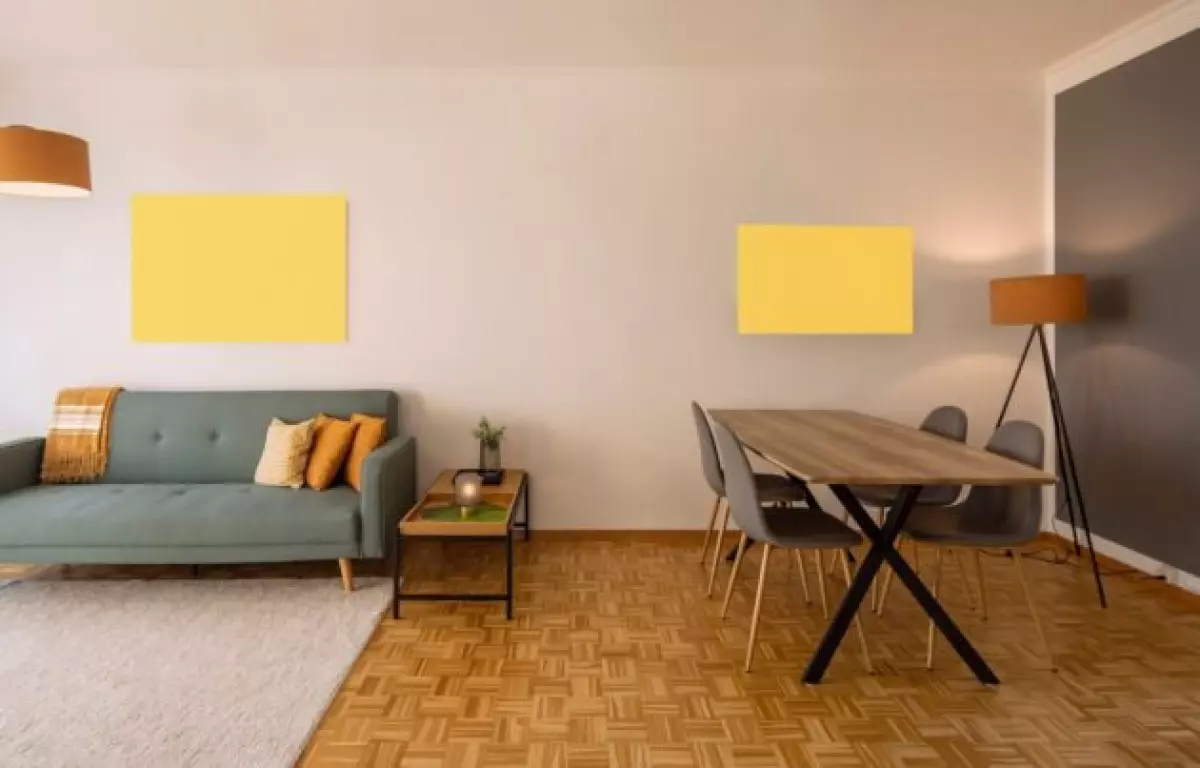When it comes to rental properties, landlords have the option of renting a furnished home. This decision comes with its own set of pros and cons, and it's important to carefully consider your individual circumstances and what's best for you as the property owner. In this article, we will explore the advantages and disadvantages of renting a furnished property to help you make an informed decision.
What is a furnished property?
Before we delve into the pros and cons, let's first define what a furnished property entails. The level of furnishing can vary depending on factors such as the length of the lease and your budget. For long-term leases, it's common to provide less furniture, allowing tenants to add their personal touch. On the other hand, short-term rentals usually come fully furnished, sparing tenants the hassle of buying furniture for a temporary stay.
Regardless of the level of furnishing, it's essential to include basic necessities like kitchen appliances. A working oven, stove, and refrigerator are a must in any furnished rental property.
Fully furnished
Many renters prefer a home that's completely furnished. This means that the rental unit includes all the appliances, furniture, and basic necessities to make tenants feel at home. Fully furnished rentals typically include furniture in every room, such as tables and chairs in the dining room, beds and dressers in the bedrooms, shower curtains in the bathrooms, window coverings, and ample lighting throughout. A living room should have at least a sofa, and additional items like a coffee table can enhance the space.
In addition to furniture, fully furnished rentals often provide other smaller necessities and appliances. This can include a full set of pots and pans, kitchen utensils, and even towels. However, it's important to note that items like toasters, coffee makers, blenders, and televisions are not standard and may not be included.
Partially furnished
Partially or semi-furnished rentals offer a bit more flexibility. These properties may include big furniture pieces like beds, sofas, tables, and chairs, as well as some smaller items like nightstands and lamps. However, tenants should expect to make small purchases to set up the space, such as shower curtains, utensils, and towels.
Pros of renting a furnished property
Renting a furnished property comes with several advantages that can benefit both landlords and tenants. Let's explore some of these pros:
Appeal to short-term and mid-term renters
The number of people renting homes, especially for short-term stays, has been on the rise. By offering a furnished rental, you can tap into this growing market and attract tenants looking for a hassle-free solution. Furnished rentals often command a higher monthly rent compared to unfurnished ones, which can potentially increase your income.
 Partially furnished unit
Partially furnished unit
Protect your property from tenant damage
When tenants bring their own furniture, there's always a risk of damage to your property. This can be especially concerning if tenants aren't careful or have large and heavy items. With a furnished rental, you don't have to worry about your tenants' furniture causing damage. Everything is already in place, reducing the chances of costly repairs or delays in finding new tenants.
Make the moving process easier for tenants
Renting a furnished property makes the moving process much easier for tenants. They don't have to worry about buying or renting furniture, which can be both a hassle and an additional expense. By providing furnished accommodation, you make your rental more attractive to potential tenants, especially young professionals who value convenience.
Faster turnaround and easier vacancy filling
Furnished rentals tend to attract more tenants, allowing you to fill vacancies faster. This is particularly advantageous for landlords with a high turnover rate or properties located in competitive rental markets. The increased demand for furnished units may even enable you to charge a higher rent.
Higher security deposit
Furnished rentals often come with a higher security deposit. This accounts for potential damages to the furniture and ensures that you have sufficient funds to cover any repairs or replacements. The added security deposit provides peace of mind for landlords.
Potential tax deductions
Renting out a furnished property can offer certain tax deductions. For example, you may be able to deduct the cost of the furniture from your taxes as a business expense. This can help offset some of the costs associated with furnishing your rental property.
Cons of renting a furnished property
While there are many advantages to renting a furnished property, there are also some drawbacks to consider. Here are a few cons:
Furniture damage or theft
One of the concerns with furnished rentals is the risk of furniture damage or theft. While the cost of repairing damaged furniture can be deducted from the security deposit, it still requires time and effort to manage these issues. Landlords may not want to spend their time dealing with such details.
Cost of keeping up with trends
To maintain a stylish and up-to-date furnished home, you need to budget for the additional costs of updating furniture. This can be expensive and time-consuming, so it's important to factor in these ongoing expenses before deciding to rent furnished.
Difficulty finding tenants
Although the demand for furnished rentals is growing, it's still not as high as the demand for unfurnished properties. As a result, you may face challenges in finding tenants for your furnished rental. It's important to consider the market demand in your area before making a decision.
To furnish or not to furnish?
Renting a furnished property has its pros and cons, and it's crucial to carefully weigh all the factors. Consider your target market, the level of demand for furnished rentals, and your budget. By evaluating the risks and benefits, you can make an informed decision that aligns with your goals as a landlord.

















